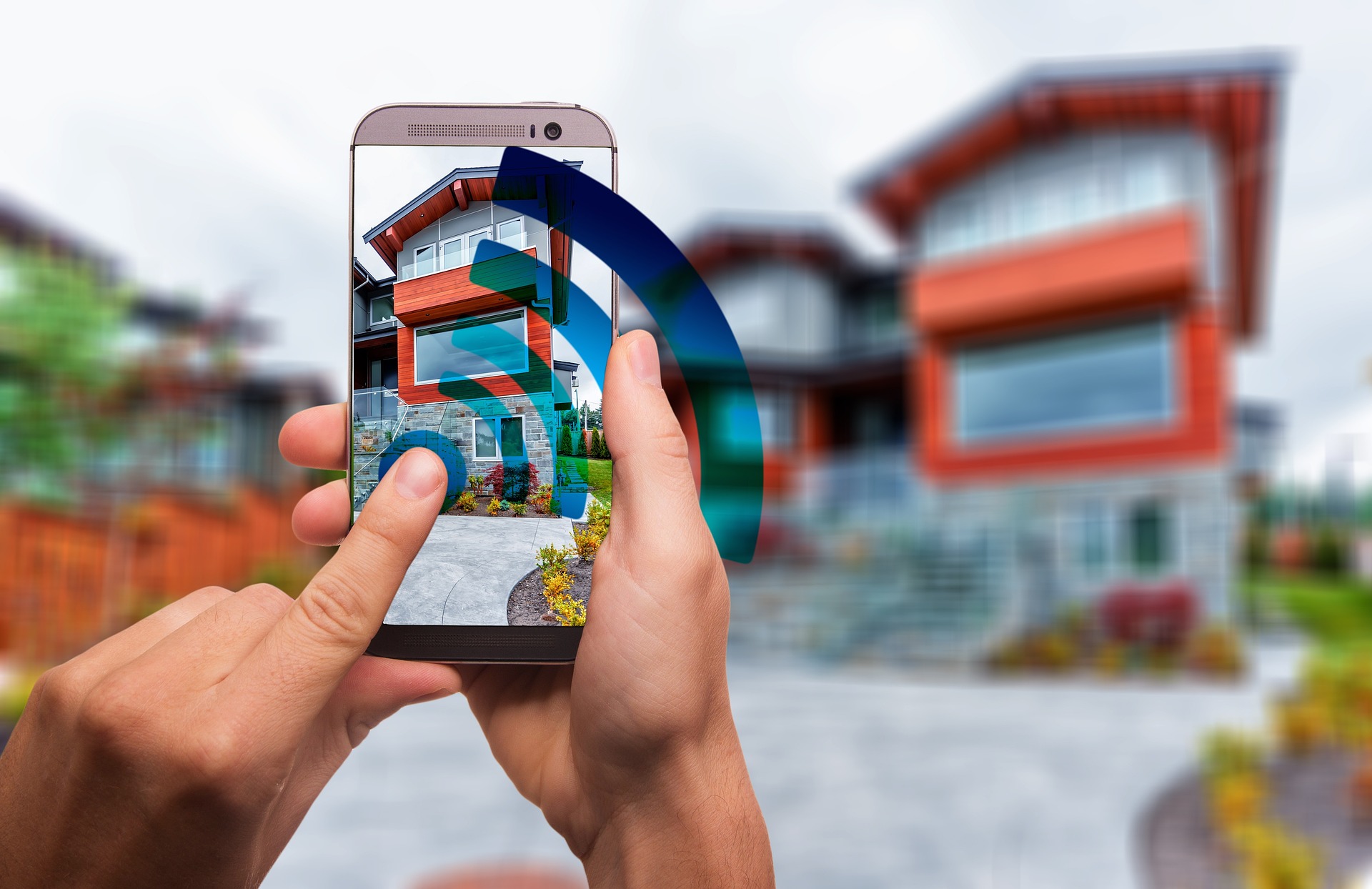Unveiling the Enigma: The Future of LiDAR in Consumer Tech
The world of technology is rife with fascinating possibilities and LiDAR is one of them. This sophisticated sensing technology is reshaping the future of consumer electronics in dramatic and unexpected ways. LiDAR, short for Light Detection and Ranging, is a remote sensing technology that uses light in the form of a pulsed laser to measure distances. Although it was developed in the early 1960s, it's only recently that LiDAR has begun to make waves in consumer electronics. Let's explore this intriguing technology, its evolution, and the impact it's poised to make on our daily lives.

The Genesis of LiDAR
LiDAR was first used by NASA in the 1960s for mapping the moon during the Apollo missions. It’s been instrumental in archaeology, geography, geology, and seismology for years. But it wasn’t until the recent advent of autonomous vehicles and drones that LiDAR gained significant attention in the consumer tech market.
The technology works by firing rapid pulses of light at a surface and then measuring the time it takes for each pulse to bounce back. The time delay provides precise distance information, enabling the creation of accurate 3D maps.
LiDAR in Today’s Context
Today, LiDAR is at the forefront of the autonomous vehicle revolution. The technology is used in self-driving cars to provide a detailed 3D map of the environment, allowing the vehicle to detect obstacles and navigate safely.
LiDAR has also found its place in the smartphone industry. Apple’s iPhone 12 Pro and iPad Pro models, for example, feature a LiDAR scanner that enhances their augmented reality (AR) capabilities. The scanner can map a room, measure distances, and create depth maps for photos and videos, offering a dramatically improved AR experience.
The Future of LiDAR
While LiDAR has already made a significant impact, we’re just beginning to scratch the surface of its potential in the consumer tech sphere. As the technology becomes more compact and affordable, it’s likely to become a standard feature in many consumer devices.
In addition to automotive and smartphone applications, LiDAR could revolutionize the fields of home automation, personal health monitoring, and gaming. For instance, a LiDAR-equipped home security system could accurately detect and identify intruders, while a LiDAR-powered fitness tracker could measure the body’s biometrics with unprecedented precision.
LiDAR’s Market Impact
The global LiDAR market is projected to reach $2.8 billion by 2025, according to a report by Markets and Markets. This growth is largely driven by the increasing adoption of this technology in the automotive and consumer electronics industries.
While LiDAR systems are currently quite expensive, the cost is expected to decrease significantly as demand grows and production scales. This will make the technology more accessible to manufacturers and consumers alike, leading to a broader range of applications and a potentially massive impact on the market.
In conclusion, LiDAR is a technology of immense promise. As it continues to evolve and become more mainstream, it’s set to redefine our interaction with electronic devices and the world around us. This is indeed a fascinating time for technology enthusiasts and consumers alike, as we stand on the brink of a new era in consumer electronics.





